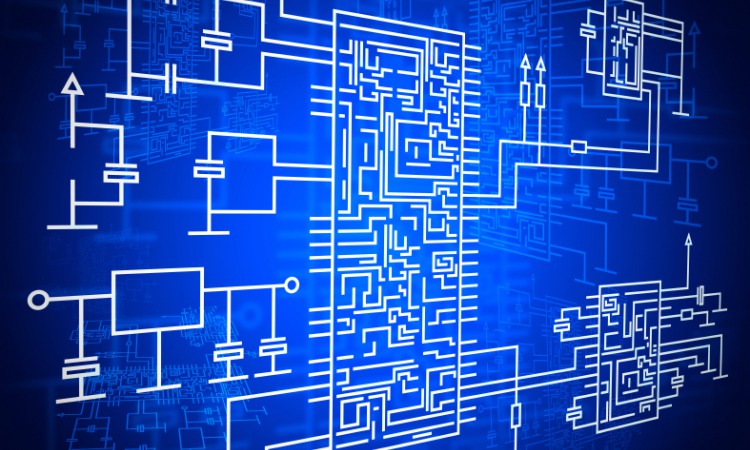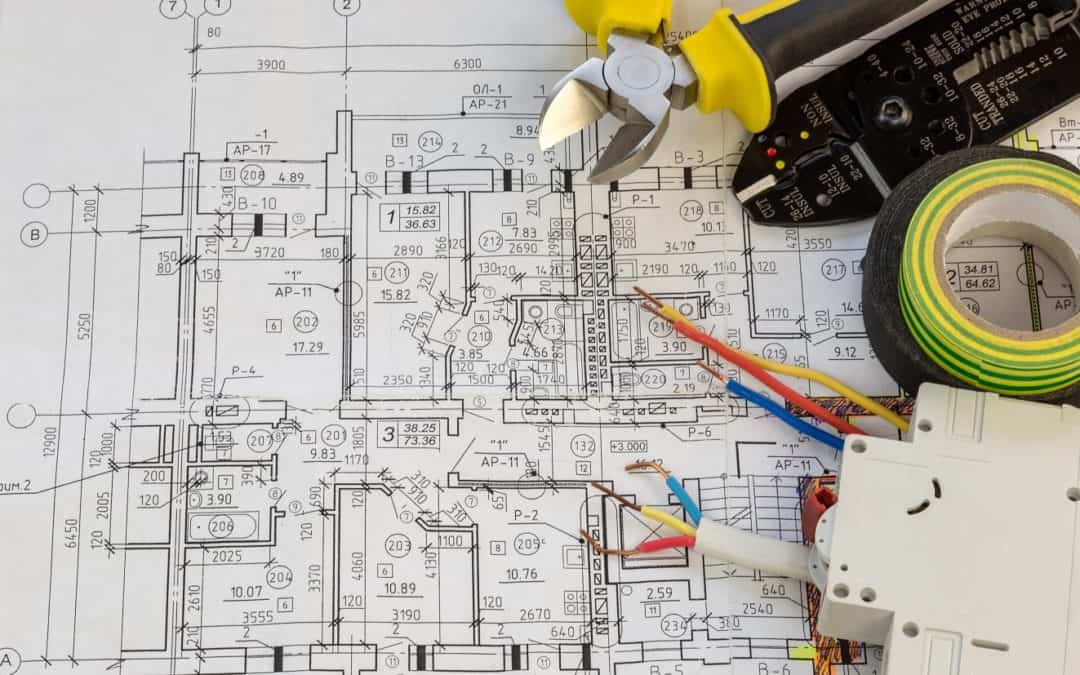Professional Electrical Design Services for Residential Constructions and Renovations
Professional Electrical Design Services for Residential Constructions and Renovations
Blog Article
Cutting-edge Electric Design Solutions for Modern Infrastructure
The evolution of contemporary infrastructure demands cutting-edge electric design solutions that not just boost functional performance yet also address sustainability difficulties. As city atmospheres grow progressively complex, including modern technologies such as wise grids and sustainable energy sources becomes critical. These developments not only guarantee to optimize energy intake yet additionally foster durability versus future demands. The landscape of electrical design is going through rapid transformation, triggering a more detailed examination of emerging fads and their implications for long-term infrastructure stability. What might the future hold for those who welcome these ingenious approaches?
Relevance of Cutting-edge Electrical Design
Innovative electrical design plays an important function in modern-day framework, affecting not only performance yet also sustainability. As cities evolve and the demand for power rises, the need for advanced electric systems ends up being critical. These systems must not just fulfill existing needs yet likewise prepare for future growth and technical developments.
A well-executed electrical design can considerably reduce energy consumption, therefore lowering functional expenses and decreasing ecological impact. By including renewable resource resources, such as photovoltaic panels and wind turbines, cutting-edge styles can enhance energy independence and durability. Smart grid modern technologies enable for real-time tracking and monitoring of energy circulation, optimizing performance and reducing waste.
Safety and security is an additional critical element of electric design. Applying innovative technologies and rigorous requirements can mitigate dangers related to electrical failings, making certain a safe setting for residents and organizations alike. Additionally, ingenious layouts promote versatility, enabling infrastructures to incorporate arising innovations seamlessly.
Key Trends in Electrical Design
As the landscape of electric design continues to develop, a number of key patterns are forming the future of the sector. One significant pattern is the combination of smart innovation into electrical systems. The proliferation of the Net of Things (IoT) has actually allowed real-time surveillance and control of electrical devices, improving efficiency and promoting anticipating maintenance.
Another fad is the expanding focus on modular design. This method enables scalable and flexible options, enabling framework to adjust to altering demands without considerable renovations. Additionally, using sophisticated simulation tools and Structure Details Modeling (BIM) is coming to be increasingly widespread, enhancing the design process and improving cooperation among stakeholders.
Furthermore, developments in materials science are bring about the growth of lighter, more durable, and energy-efficient parts. This technology is especially vital for high-performance buildings and infrastructure tasks.
Lastly, there is a significant shift towards data-driven decision-making - residential electrical design. Leveraging data analytics helps developers maximize systems for performance and cost-effectiveness. With each other, these patterns indicate a transformative era in electric design, enhancing performance, sustainability, and strength in modern infrastructure
Lasting Energy Solutions
Sustainable power remedies are significantly ending up being a critical focus in electrical design, showing a broader commitment to environmental duty and source efficiency. These options intend to minimize environmental effect while enhancing energy consumption in different frameworks, from domestic buildings to big industrial centers.
Among the primary methods entails the integration of eco-friendly power sources, such as solar panels and wind generators, right into electric systems. This not just reduces reliance on fossil fuels however likewise boosts energy strength. Additionally, ingenious power storage systems, such as advanced batteries, make it possible for try this out efficient administration and distribution of power, guaranteeing that surplus power created during top production can be made use of during high demand periods.
Additionally, energy-efficient design methods are being taken on to improve overall system performance. This includes making use of energy-efficient illumination, heating and cooling systems, and wise structure modern technologies that adapt and check energy use based upon tenancy and environmental problems.
Smart Grid Technologies
The application of sustainable power options normally leads to the exploration of clever grid innovations, which play a critical function in modernizing electric systems. Smart grids utilize advanced interaction technologies and information analytics to boost the integrity, efficiency, and sustainability of electricity circulation. By integrating digital innovation with traditional grid infrastructure, these systems help with real-time tracking, automated control, and improved decision-making abilities.
One of the vital functions of smart grids is their ability to fit renewable resource sources, such as solar and wind power. This versatility not only decreases reliance on fossil gas yet additionally allows for an extra decentralized power production design. Additionally, wise grids allow need action programs, where consumers can adjust their power use based on real-time rates, therefore advertising power preservation and reducing peak lots demands.
Furthermore, clever grid technologies boost grid strength by enabling quicker recognition and resolution of failures, ultimately minimizing downtime. With anticipating maintenance additional resources and analytics, utilities can enhance and maximize operations service delivery. As cities and communities remain to evolve, smart grid technologies are crucial for building a effective and sustainable electrical framework that satisfies the demands of contemporary society.

Future-Proofing Facilities
To ensure long-term viability and versatility, future-proofing infrastructure is essential in the swiftly progressing landscape of electrical design solutions. As innovation advancements and power demands shift, it is vital that electric systems are created with adaptability in mind. This entails including scalable remedies that can accommodate future upgrades without requiring substantial overhauls.

In addition, sustainability must be a foundation of future-proofed layouts. Utilizing renewable resource resources, such as solar and wind, and optimizing power effectiveness lower reliance on fossil fuels, aligning with worldwide initiatives to battle environment adjustment.
Final Thought
By prioritizing sustainability, performance, their explanation and flexibility, these services deal with the evolving demands of power systems. The integration of smart grid technologies and sustainable power solutions enhances resilience and minimizes operational prices.
A well-executed electrical design can significantly reduce power intake, thereby decreasing operational expenses and decreasing ecological impact. By integrating renewable energy resources, such as solar panels and wind turbines, cutting-edge styles can boost energy freedom and strength. Furthermore, cutting-edge energy storage space systems, such as sophisticated batteries, enable efficient administration and circulation of power, ensuring that surplus energy generated during top manufacturing can be utilized during high demand durations.
Clever grids enable demand response programs, where consumers can adjust their power use based on real-time prices, consequently advertising energy conservation and minimizing peak tons needs. (electrical design services)
As modern technology developments and power demands shift, it is vital that electric systems are made with versatility in mind.
Report this page